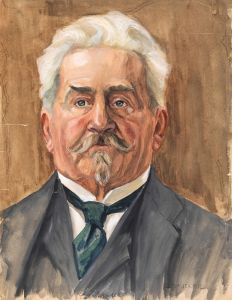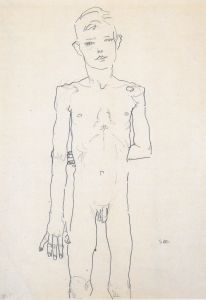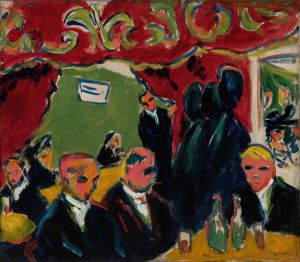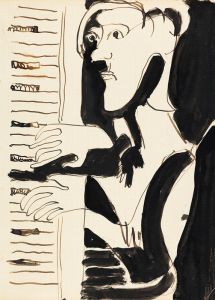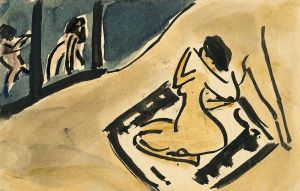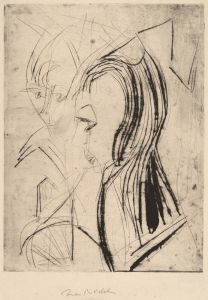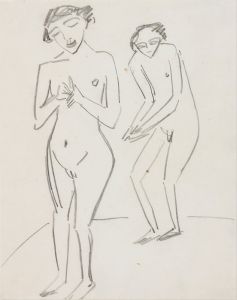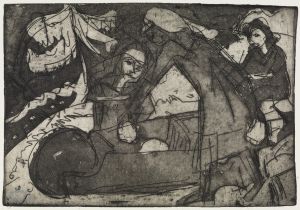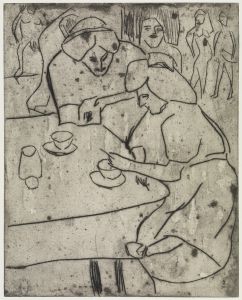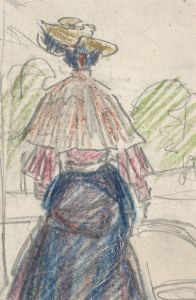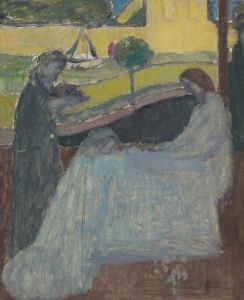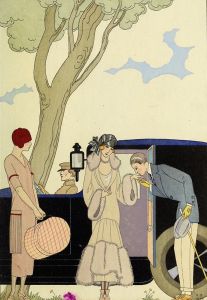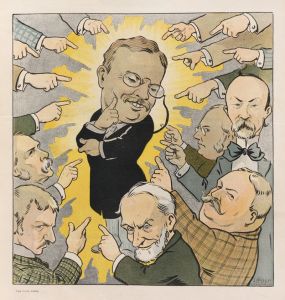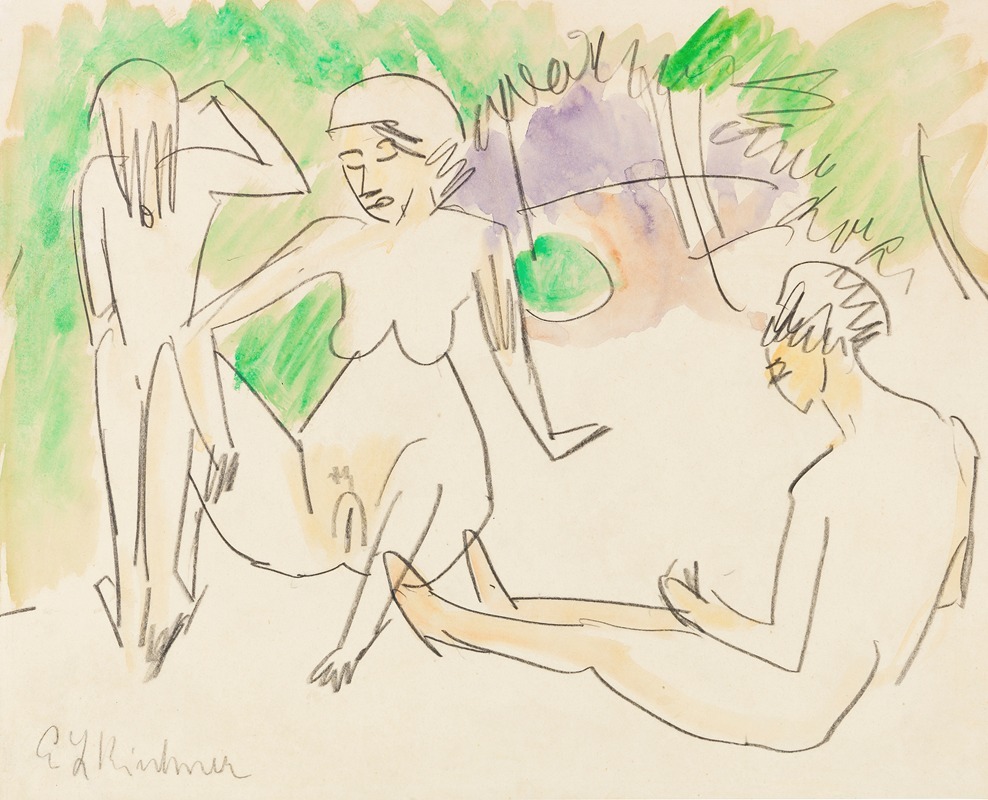
Drei Frauenakte
A hand-painted replica of Ernst Ludwig Kirchner’s masterpiece Drei Frauenakte, meticulously crafted by professional artists to capture the true essence of the original. Each piece is created with museum-quality canvas and rare mineral pigments, carefully painted by experienced artists with delicate brushstrokes and rich, layered colors to perfectly recreate the texture of the original artwork. Unlike machine-printed reproductions, this hand-painted version brings the painting to life, infused with the artist’s emotions and skill in every stroke. Whether for personal collection or home decoration, it instantly elevates the artistic atmosphere of any space.
Ernst Ludwig Kirchner was a prominent German expressionist painter and one of the founding members of the influential art group Die Brücke (The Bridge), which played a crucial role in the development of modern art in the early 20th century. Kirchner's work is characterized by its bold use of color, dynamic compositions, and a focus on the human figure, often exploring themes of modernity and the human experience.
"Drei Frauenakte" (Three Female Nudes) is one of Kirchner's notable works, exemplifying his distinctive style and thematic interests. Painted in 1913, this artwork reflects Kirchner's fascination with the human form and his innovative approach to depicting it. The painting features three nude female figures, a common subject in Kirchner's oeuvre, as he often explored the human body in various states of movement and repose.
Kirchner's use of color in "Drei Frauenakte" is particularly striking. He employs a vivid palette, with bold and contrasting colors that enhance the emotional intensity of the scene. This use of color is a hallmark of expressionism, where artists sought to convey emotional experiences rather than realistic depictions. The figures in the painting are rendered with dynamic, angular lines, a technique that Kirchner used to convey movement and energy. This approach also reflects the influence of African and Oceanic art, which Kirchner and his contemporaries admired for its perceived authenticity and vitality.
The composition of "Drei Frauenakte" is carefully constructed to draw the viewer's eye across the canvas. The positioning of the figures creates a sense of rhythm and balance, while the background elements provide context and depth. Kirchner often placed his figures in natural settings, as seen in this work, which adds to the sense of harmony between the human form and the environment.
Kirchner's depiction of the female nude in "Drei Frauenakte" can be seen as both a continuation of a long artistic tradition and a radical reinterpretation of it. While the nude has been a central subject in Western art for centuries, Kirchner's approach was modern and innovative, breaking away from classical ideals of beauty and proportion. Instead, he focused on expressing the inner life and emotional states of his subjects, aligning with the broader goals of the expressionist movement.
"Drei Frauenakte" was created during a period of intense creativity for Kirchner, just before the outbreak of World War I. This era was marked by rapid social and technological changes, which influenced artists to explore new forms of expression. Kirchner's work from this time reflects both the excitement and the anxiety of the modern age, capturing the complexities of human experience in a rapidly changing world.
Today, "Drei Frauenakte" is recognized as an important example of Kirchner's contribution to modern art. His innovative techniques and bold vision continue to inspire artists and captivate audiences, securing his place as a key figure in the history of expressionism. The painting is held in high regard for its artistic significance and its ability to convey the dynamic spirit of its time.





